
The Future of Humanity Awaits in Deep Space, NASA Chief Says
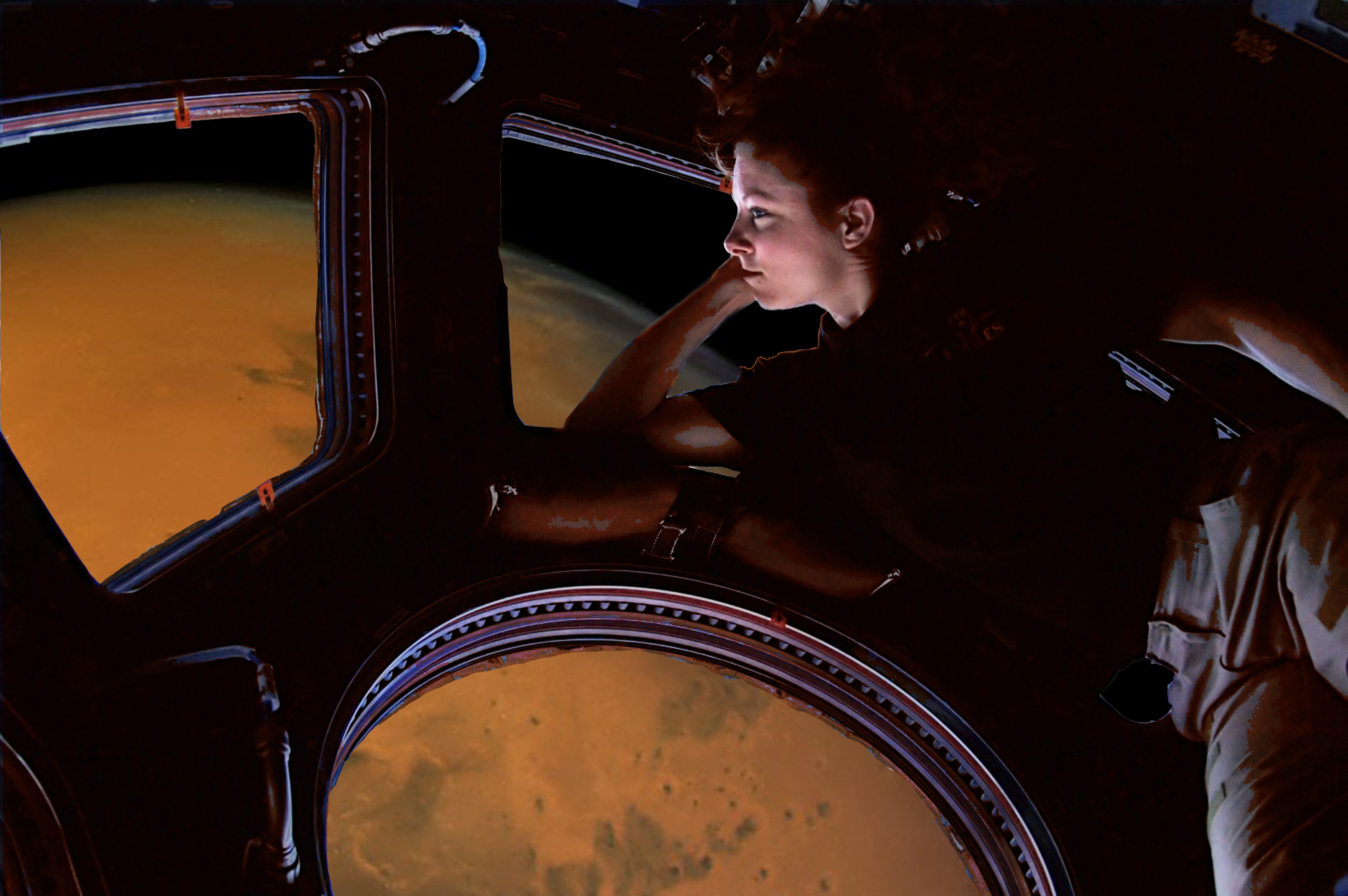
BOULDER, Colorado – The way NASA chief Charles Bolden sees it, the future of U.S. human space exploration is in deep space, but there’s need to reach organizational escape velocity from ideologues and Apollo-era holdovers. What’s more, for a robust commercial space industry to sustain cargo and crew services, far more destinations are needed than just the International Space Station.
Those views and others were served up by Bolden during an April 18 visit to the University of Colorado’s Laboratory for Atmospheric and Space Physics (LASP), meeting with professors, students, and the public to detail how NASA, in a time of fiscal austerity, can step forward with a strategic approach to pushing outward beyond low Earth orbit.
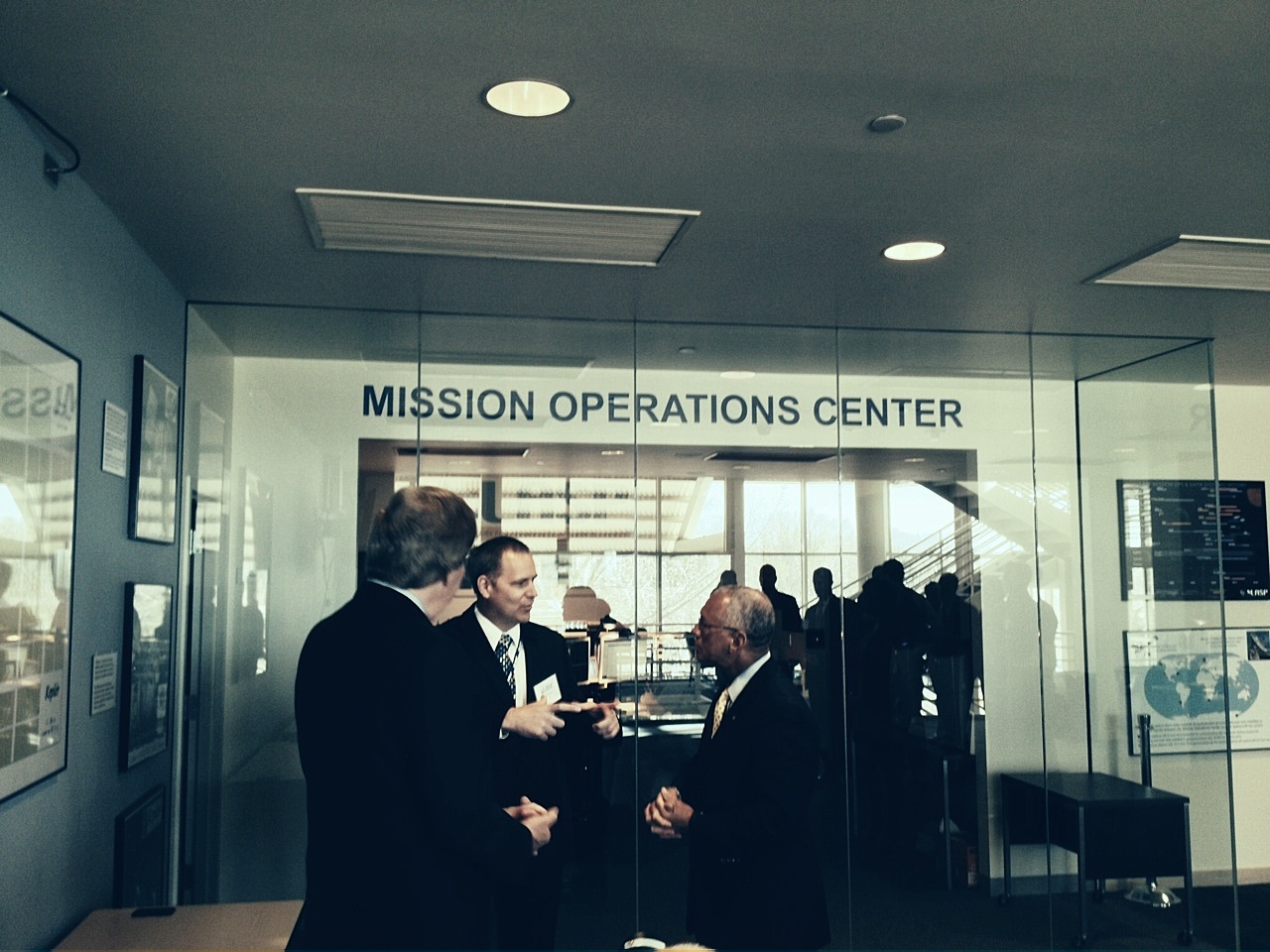
NASA's master plan for space exploration is geared toward capturing an asteroid with a robotic probe and towing it near the moon so astronauts can explore the space rock. The agency aims to accomplish this mission by 2025. Mars would be next, as a goal for the 2030s. But is that blueprint such a difficult pitch in the U.S. Congress and elsewhere? [NASA's Asteroid-Capture Plan in Pictures]
"I wouldn't say it's a hard sell," Bolden told Space.com. "It's just that political people are ideologues. They are just one group of ideologues."
Most people can deal with the moon, Bolden said, adding that everybody is still in the Apollo era.
"We're going to go back there … but we are looking at the future. And the future for humanity is deep space. It's getting to Mars. It's trying to find answers to the question of how do we protect this planet against asteroids and other threats," Bolden said.
Cooperation with China, Russia
Get the Space.com Newsletter
Breaking space news, the latest updates on rocket launches, skywatching events and more!
Regarding international cooperation — specifically with China and reported recent restrictions on NASA stirred up by the Russia-Ukraine situation — Bolden clarified the situation.
The NASA chief admitted that he was "curtailed pretty quickly" in having dealings with China on human spaceflight.
However, "we're working with them right now on restoring some work that we were doing in geodynamics, looking at earthquakes," Bolden said. NASA is also engaged with China on glacial characterization in the Himalayas, he said. [Photos: NASA's Space Tech Goals in 2015]
Concerning Russia, Bolden said he has to differentiate between the Russian Federal Space Agency, Roscosmos, and the Russian government itself. "I don't do diplomacy," he said, saying that in terms of the relationship between Roscosmos and NASA, "It is as good as it's always been."
Taking a firm, non-political footing on Earth, NASA's Bolden emphasized, "We try to stay above the fray. We believe that space exploration has to go on while things are going on down here."
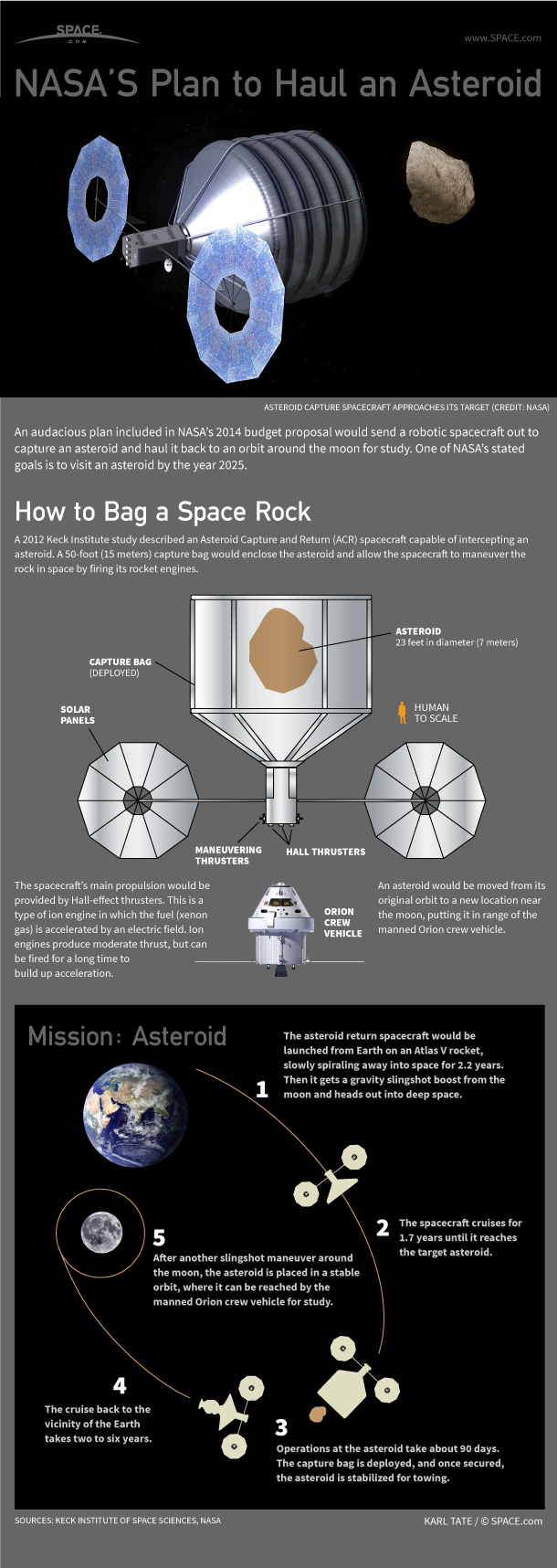
Commercial cargo and crew
In terms of NASA buying commercial cargo services, Bolden said, "It is not only viable, it is the way to go." He cited the recent successful flights of SpaceX and Orbital Sciences in their cargo runs to the International Space Station.
Turning to commercial crew operations, Bolden said that's a more difficult proposition. At this time, he said he couldn't discuss the competition between private groups vying to provide NASA those services.
"We're in blackout in terms of selection of the company or companies that are going to provide commercial crew," Bolden said.
"We have spent years working with industry to determine what are going to be the standards for human-rating … engineering standards for equipment. We've reached a compromise," Bolden said. That compromise means that if a company's standards are the ones they follow traditionally, and are higher than NASA's own requirements, "we'll take that," he added.
"So it must be as good as, or better than, the NASA standard," Bolden said.
He also said that if there's to be a viable, profitable industry in providing commercial crew services, there will be a need for more destinations beyond the NASA trips to the International Space Station. He cited the expandable modules under development by Bigelow Aerospace in Las Vegas as a potential non-government market.
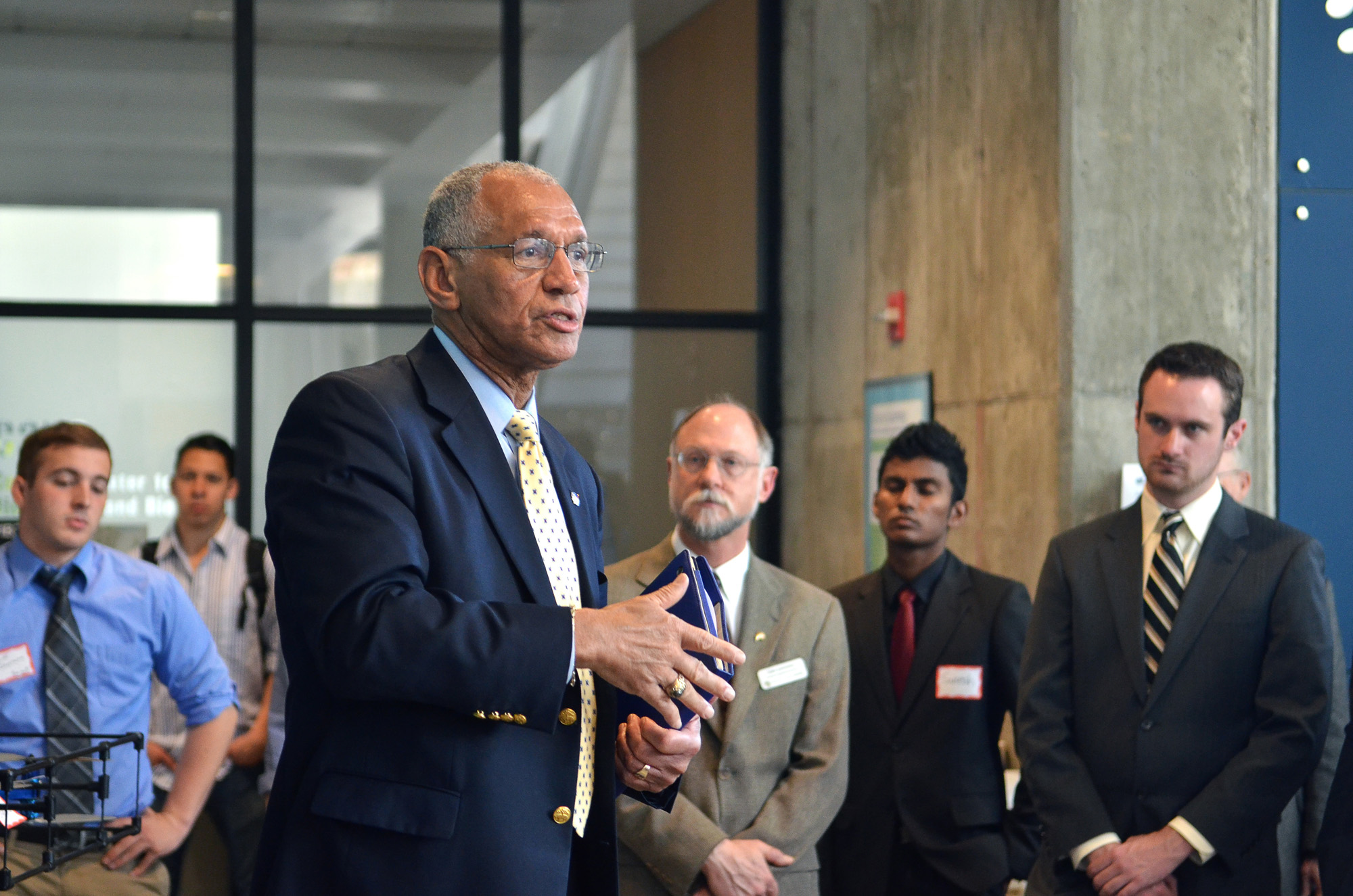
Wanted: Earth orbit infrastructure
But there's more to space travel in the 21st century than just rockets and spaceships.
"We have got to have a low-Earth orbit infrastructure. It has to be put in place," Bolden told reporters at a LASP press event.
"Everybody likes to talk about grand visions and stuff — but at some point, then, you've got to take the grand vision, and you've got to do little things to make that grand vision work," Bolden said. "And we're now at that point … We've talked enough about the grand vision. We're now talking real, gory details. People are now seeing the sausage made … let me put it that way."
The NASA chief said there's a need for a thriving and viable low-Earth orbit infrastructure that involves not just the International Space Station, but also space stations and modules from other countries. [Private Space Stations: The Future Imagined (Gallery)]
"But most importantly, stations and modules from commercial ventures," Bolden said, where there's the making of pharmaceuticals and materials processing, as well as people that want to assemble rockets on orbit, "because they want to get away from the gravity well of Earth."
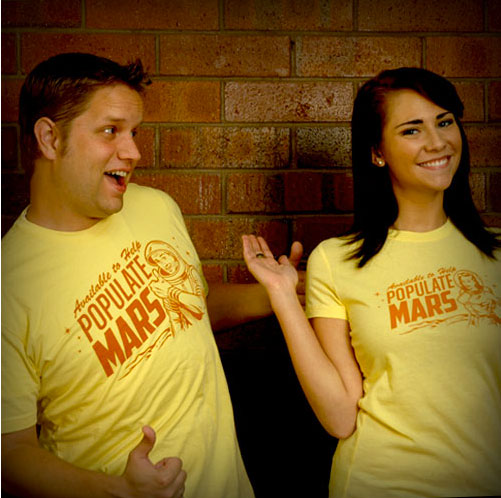
In gazing out toward Mars, Bolden said that a transportation capability to fly back and forth to such destinations as the Red Planet is advisable, a sort of Mars ferry that never comes back to Earth.
Mars-bound astronauts, Bolden said, could perhaps depart from the International Space Station by boarding into a vehicle that cycles back and forth between Mars and a near-Earth rendezvous, but never fully re-enters Earth's gravity well.
"And that's the way they are going to go … much cheaper, much more efficient," Bolden said. That Mars transport vehicle "stays out there until it dies, and then we replace it with another. That's the vision for the future," he concluded.
Class of astronauts
As for the U.S. astronaut corps that will take voyages beyond Earth orbit, Bolden spotlighted the new 2013 class of NASA astronaut candidates selected last August.
Those eight individuals were chosen from more than 6,100 applicants through a rigorous process.
Bolden himself is a veteran astronaut, having traveled to orbit four times aboard the space shuttle between 1986 and 1994, commanding two of the missions.
"I mean, they do everything," Bolden said of the astronaut candidates. "They do robotics. They do spacewalks. They do foreign languages. Those were the three criteria that every single one of them had to meet. I don't speak languages … never had a chance to do a spacewalk. I think I could, but I don't know.
"I would have never made it," Bolden said.
Leonard David has been reporting on the space industry for more than five decades. He is former director of research for the National Commission on Space and is co-author of Buzz Aldrin's new book "Mission to Mars – My Vision for Space Exploration" published by National Geographic. Follow us @Spacedotcom, Facebook and Google+. Original article on Space.com.
Join our Space Forums to keep talking space on the latest missions, night sky and more! And if you have a news tip, correction or comment, let us know at: community@space.com.

Leonard David is an award-winning space journalist who has been reporting on space activities for more than 50 years. Currently writing as Space.com's Space Insider Columnist among his other projects, Leonard has authored numerous books on space exploration, Mars missions and more, with his latest being "Moon Rush: The New Space Race" published in 2019 by National Geographic. He also wrote "Mars: Our Future on the Red Planet" released in 2016 by National Geographic. Leonard has served as a correspondent for SpaceNews, Scientific American and Aerospace America for the AIAA. He has received many awards, including the first Ordway Award for Sustained Excellence in Spaceflight History in 2015 at the AAS Wernher von Braun Memorial Symposium. You can find out Leonard's latest project at his website and on Twitter.









